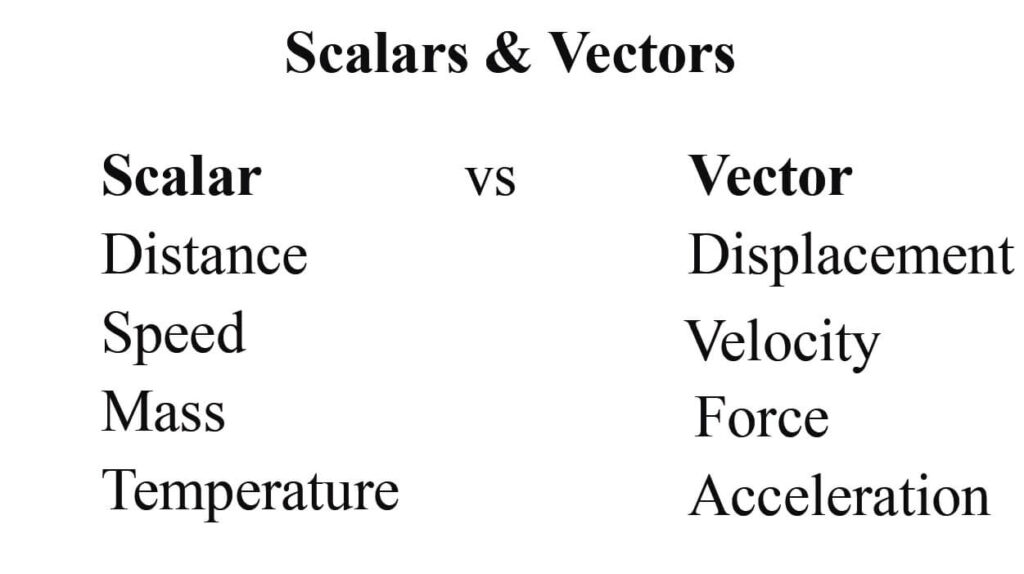Physics is a mathematical science. The underlying concepts and principles have a mathematical basis. Throughout the course of our study of physics, we will encounter a variety of concepts that have a mathematical basis associated with them. While our emphasis will often be upon the conceptual nature of physics, we will give considerable and persistent attention to its mathematical aspect.
The motion of objects can be described by words. Even a person without a background in physics has a collection of words that can be used to describe moving objects. Words and phrases such as going fast,stopped, slowing down, speeding up, and turning provide a sufficient vocabulary for describing the motion of objects. In physics, we use these words and many more. We will be expanding upon this vocabulary list with words such as distance, displacement, speed, velocity, and acceleration. As we will soon see, these words are associated with mathematical quantities that have strict definitions. The mathematical quantities that are used to describe the motion of objects can be divided into two categories. The quantity is either a vector or a scalar. These two categories can be distinguished from one another by their distinct definitions:
· Scalars are quantities that are fully described by a magnitude (or numerical value) alone.
· Vectors are quantities that are fully described by both a magnitude and a direction.
The remainder of this lesson will focus on several examples of vector and scalar quantities (distance, displacement, speed, velocity, and acceleration). As you proceed through the lesson, give careful attention to the vector and scalar nature of each quantity. As we proceed through other units at The Physics Classroom Tutorial and become introduced to new mathematical quantities, the discussion will often begin by identifying the new quantity as being either a vector or a scalar.


